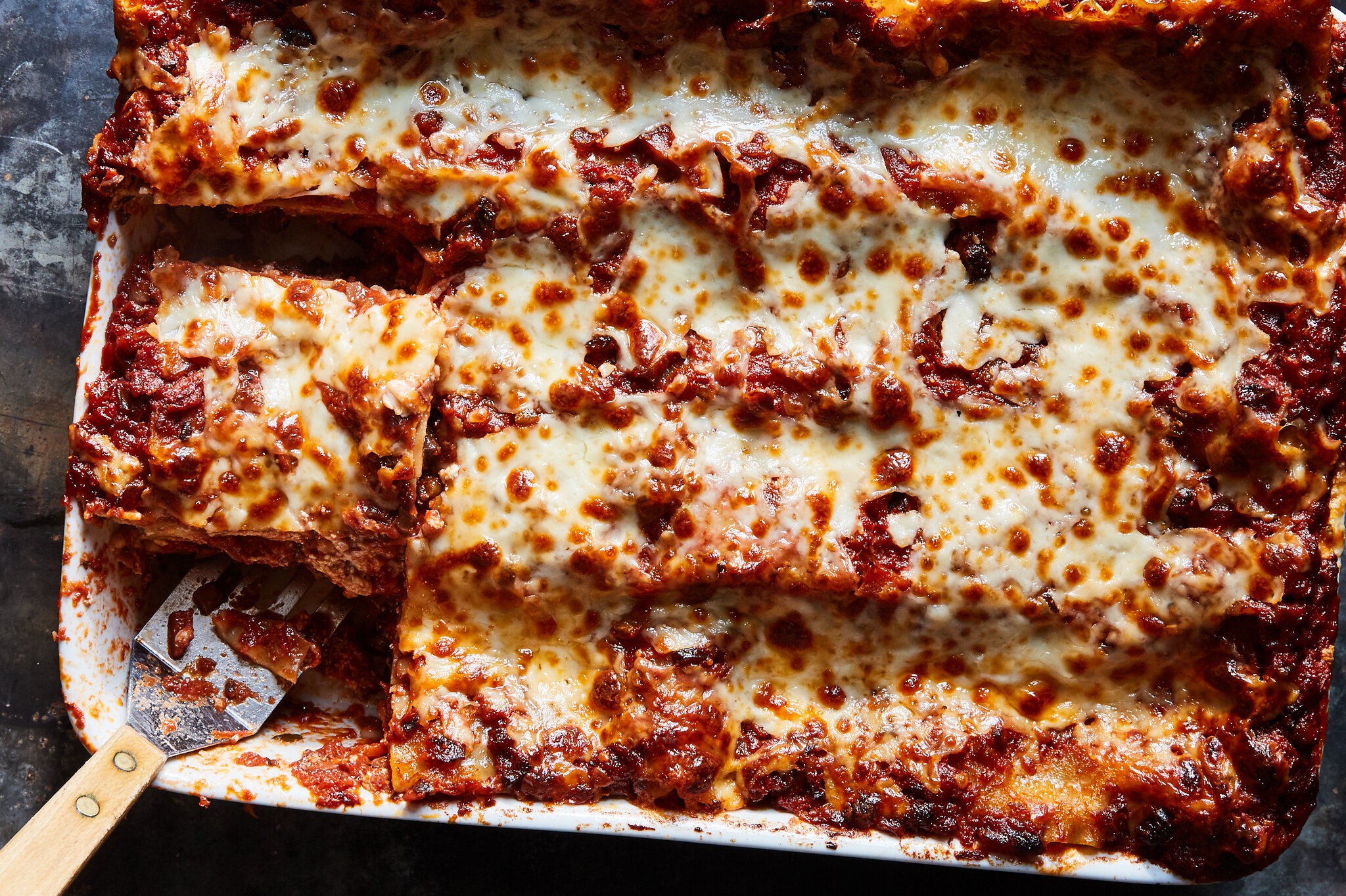Faced with a steaming dish fresh off the stove, you might wonder: Is Putting Hot Food In The Fridge Bad? The answer, according to food safety experts, might surprise you. Let’s debunk this common food myth and explore the best practices for safely storing your culinary creations.
The Hot Food in Fridge Debate: A Historical Perspective
The fear of placing hot food in the refrigerator is deeply rooted in history, harking back to the days of the icebox. These early cooling devices, often wooden and lined with metal, relied on a block of ice to maintain a chilly environment. As Helen Peavitt, a social historian and author of “Refrigerator: The Story of Cool in the Kitchen,” explains, putting hot food in an icebox would cause the ice to melt rapidly, compromising its cooling efficiency and requiring frequent replacements.
Alt text: An antique wooden icebox, a predecessor to modern refrigerators, illustrating its historical reliance on ice blocks for cooling.
However, modern refrigerators are a different beast altogether. Equipped with chemical refrigerants and evaporator fans, they can efficiently circulate cold air and maintain a consistent temperature. So, is putting hot food in the fridge bad now?
The USDA’s Stance: Refrigerate Responsibly
The United States Department of Agriculture (USDA) and other food safety agencies advocate for promptly refrigerating food, even while it’s still hot. Delaying refrigeration can allow harmful bacteria to multiply at room temperature, increasing the risk of foodborne illness.
How to Safely Store Hot Food in the Refrigerator
While it’s generally safe to refrigerate hot food, there are a few key considerations to ensure optimal food safety and refrigerator efficiency:
-
Portioning is Key: Divide large dishes, like lasagnas or casseroles, into smaller, shallower containers. This allows the food to cool down more quickly and evenly.
-
Shallow Containers: Aim for containers no more than two inches deep. This maximizes surface area for faster cooling.
-
Loose Covering: Initially, cover the containers loosely to allow steam to escape. Once the food has cooled down somewhat, you can seal them tightly.
-
Timely Refrigeration: According to the Food and Drug Administration (FDA), it’s safe to move hot food directly to the fridge within two hours of cooking (or one hour if the ambient temperature is above 90 degrees Fahrenheit). Make sure there’s room for cold air to circulate around the food.
Alt text: Lasagna being divided into smaller portions in a baking dish, ready for refrigeration in shallow containers for quicker cooling.
Minimizing the Impact on Your Refrigerator
While modern refrigerators can handle hot food, introducing large quantities of heat can make them work harder, increasing energy consumption. To mitigate this:
- Stir Occasionally: Stir the food occasionally while it cools to help release heat.
- Ice Bath: Nestle the container in an ice water bath to accelerate the cooling process.
Freezing Hot Food: A Different Approach
While refrigerating hot food is generally acceptable, freezing it directly is not ideal. Rapid freezing is essential for preserving food quality, as it minimizes the formation of large ice crystals that can damage the food’s structure.
To freeze food properly, cool it down in the refrigerator first or use an ice bath to expedite the cooling process. When freezing liquids, remember to leave some space at the top of the container to allow for expansion.
Container Considerations: Choosing the Right Materials
The type of container you use for storing food in the refrigerator and freezer also matters. Dr. Kantha Shelke, a senior lecturer of food safety regulations at Johns Hopkins University, recommends:
- Glass Containers: Tempered glass containers are durable, don’t absorb odors or stains, and are safe for reheating.
- Silicone Bags: Lightweight and flexible, silicone bags are a good alternative, but require careful cleaning.
- Aluminum Foil and Freezer Paper: These are suitable for wrapping oddly shaped items.
Avoid putting hot food directly into plastic containers, especially single-use ones, as they can leach harmful chemicals.
Cooling Food Outdoors: Proceed with Caution
While cooling food outdoors might seem like a good idea, it’s not a reliable substitute for proper refrigeration or freezing. Outdoor temperatures can fluctuate, and exposure to dust and wildlife can contaminate the food.
If you choose to cool food outdoors temporarily, ensure it’s tightly sealed, protected from direct sunlight, and the temperature remains below 40 degrees Fahrenheit. A cooler with ice packs is a safer option.
Holiday Leftovers: Strategic Refrigerator Management
During the holidays, when refrigerators are often packed with leftovers, strategic organization is essential. Helen Peavitt suggests clearing out unnecessary items to create space for the influx of food. Many condiments and fruits don’t require refrigeration and can be stored elsewhere.
The Verdict: Is Putting Hot Food in the Fridge Bad?
Putting hot food in the fridge is not inherently bad and, in many cases, is the safest option to prevent bacterial growth. By following the guidelines outlined above – portioning food, using appropriate containers, and employing cooling techniques – you can safely refrigerate your culinary creations while minimizing the impact on your appliance. Remember, food safety should always be a top priority in the kitchen.
